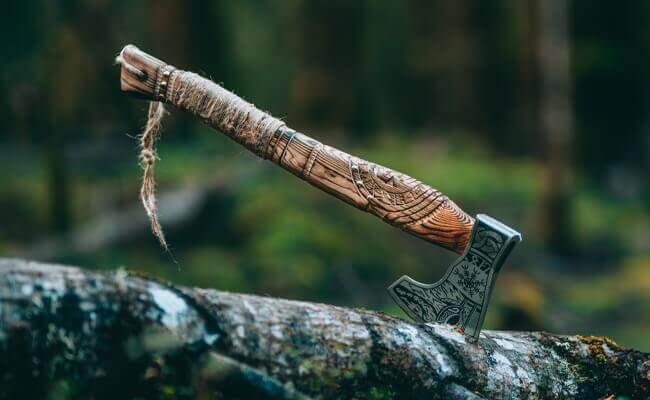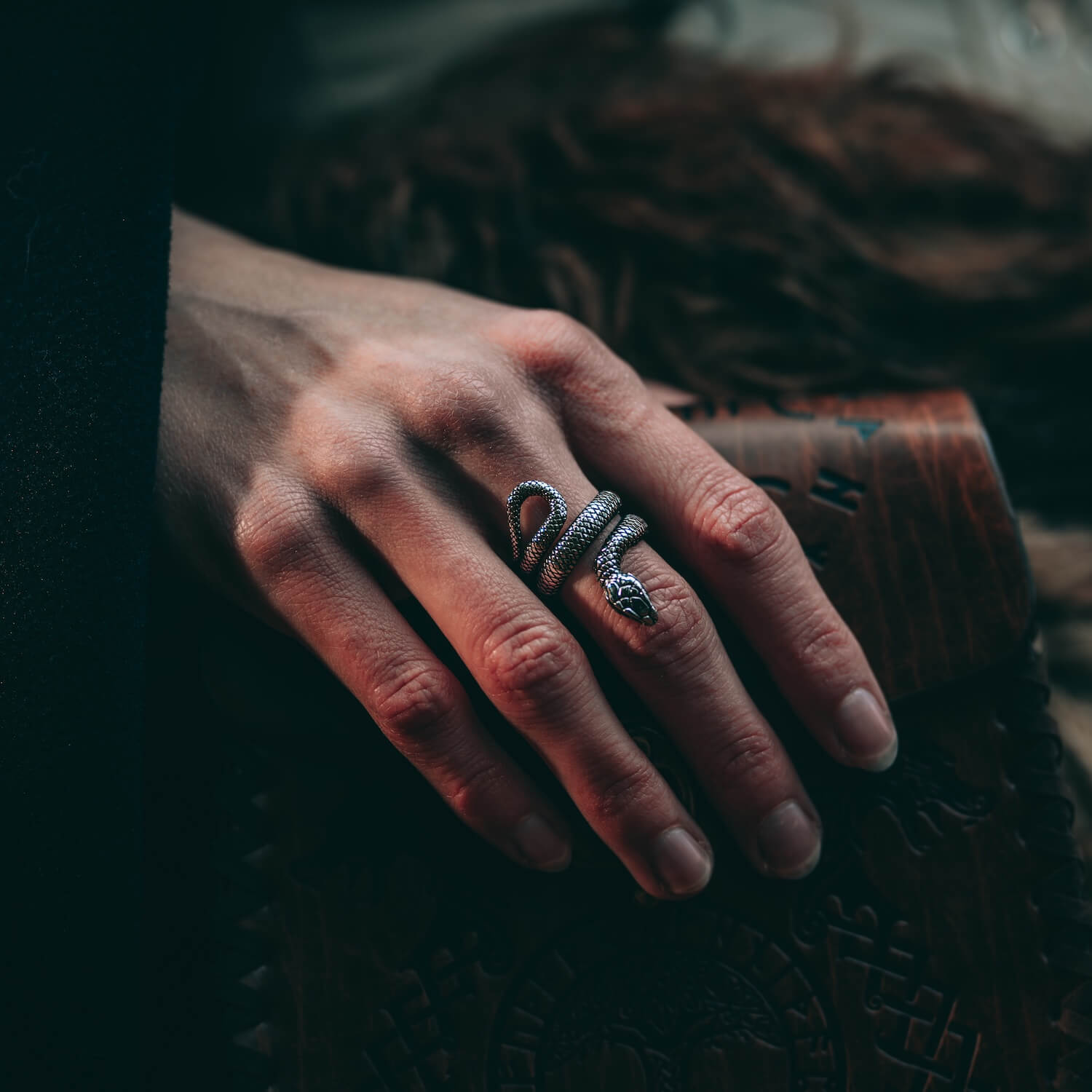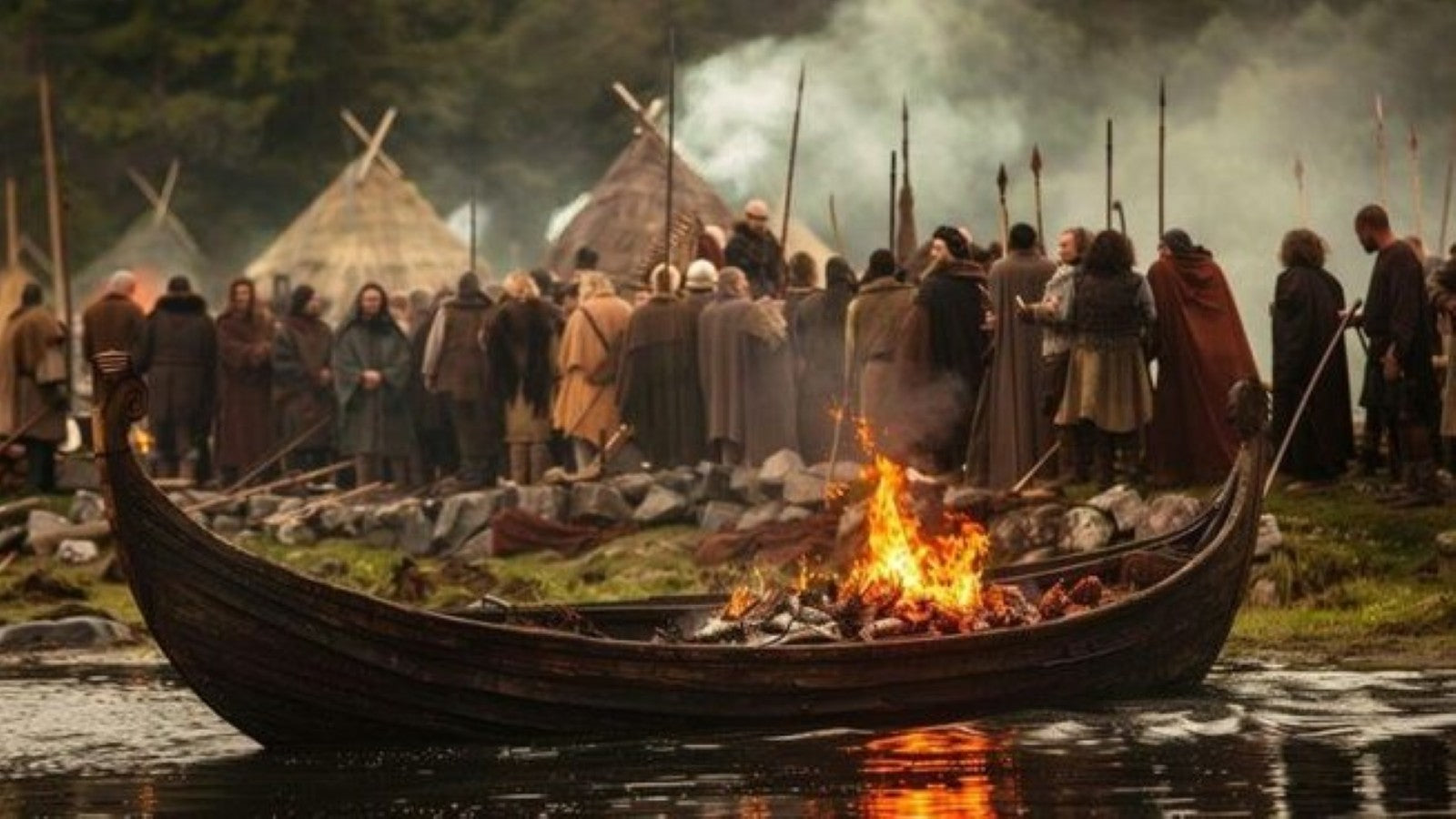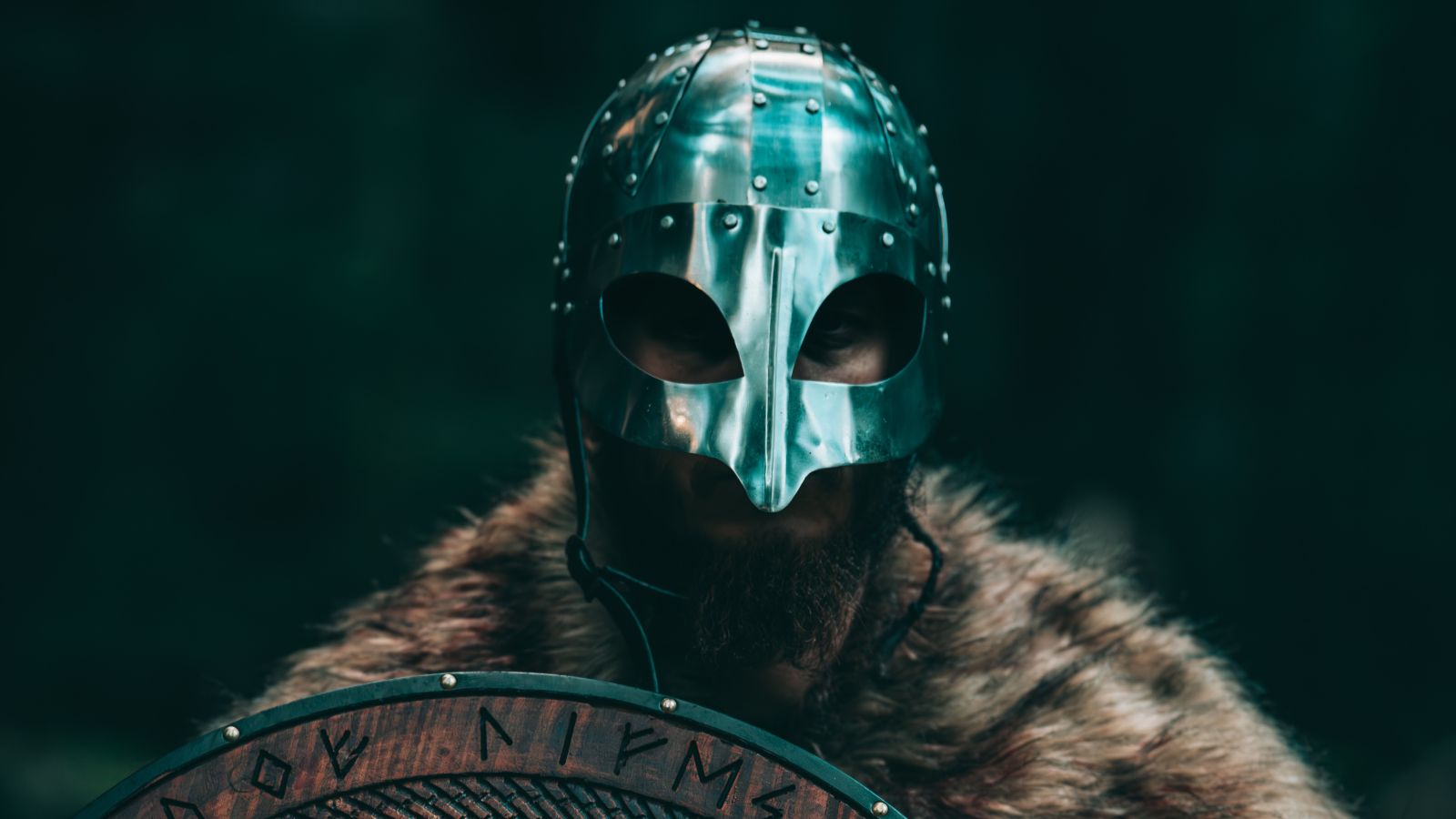
Shipbuilding: The Secrets of Viking Longships
Vikings are renowned for their epic voyages, and it's impossible to talk about their maritime exploits without mentioning the Viking longships. These ships were the beating heart of Viking exploration, trade, and conquest, and they were revered for their speed, versatility, and seaworthiness. So how did the Vikings made their ships?
Masters of Wooden Craftsmanship
The construction of a Viking longship was a true work of art. Craftsmen in the Viking Age had an innate connection to wood and a profound understanding of how to bend it to their will. Longships were primarily built using oak for the skeleton and pine or larch for the planks. The choice of wood was crucial because it needed to be both strong and lightweight to achieve the perfect balance of speed and durability.
The Clinker-Building Technique
One of the secrets behind the Viking longships was the clinker-building technique, also known as lapstrake construction. This method involved overlapping thin planks and then securing them together with iron rivets or nails. The clinker design created a strong and flexible hull, allowing the longships to glide through rough waters with ease.
Innovative Design for Versatility
Viking longships were not one-size-fits-all. Their design was adapted for various purposes, from raiding and exploration to trading and transportation. Longships came in different sizes, with the smallest ones measuring around 45 feet and the larger ones reaching up to 75 feet in length. Some even had dragon-head carvings on their prows, adding an intimidating touch to these mighty vessels.
The Dragon Heads: Myth or Function?
The iconic dragon heads that adorned many Viking longships have been a subject of debate among historians. While some argue that they served a practical purpose, like intimidating enemies or warding off evil spirits, others believe they were purely ornamental. Either way, they are an unmistakable symbol of Viking shipbuilding craftsmanship.
Navigating with Skill
Sailing a Viking longship was no easy feat. These vessels were equipped with a single mast and a square sail, which required expert seamanship. Vikings navigated using the stars, landmarks, and their extensive knowledge of currents, tides, and winds. It was a true testament to their seafaring prowess.
Viking longships left an indelible mark on history, not only through their remarkable voyages but also through their influence on ship design for centuries to come. Their unique construction techniques and versatile design continue to be a source of inspiration for shipbuilders and maritime enthusiasts worldwide.














